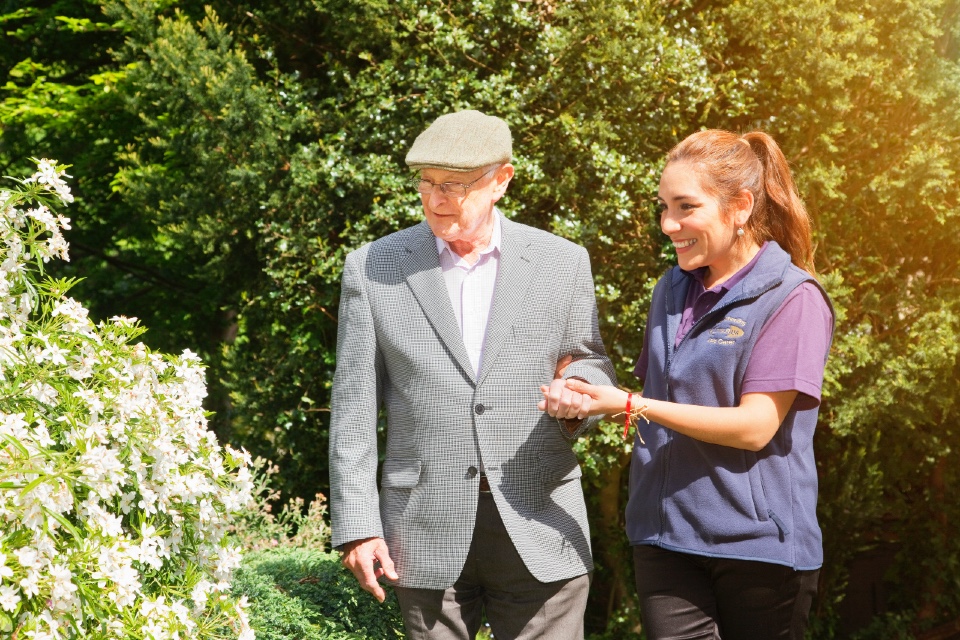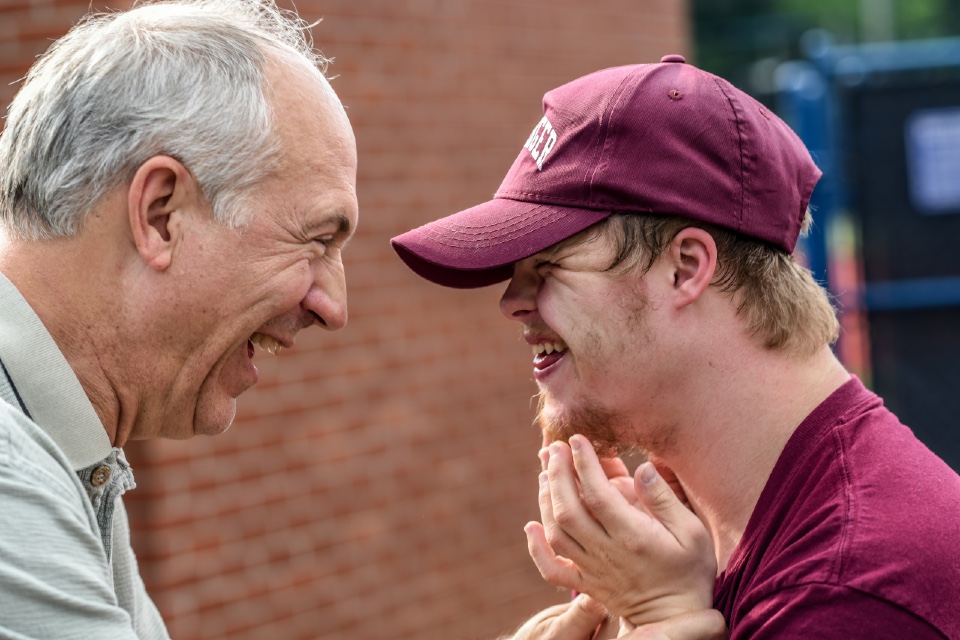Coronavirus has impacted every single one of us in one way or another. The negative effects of lockdown are destructive and vast. From forcing businesses to shut, to leaving many individuals unemployed, the pandemic has spread fear and anxiety across society, as well as grief and devastation as loved ones sadly succumb to the illness. The impact of social isolation must also be acknowledged – the long term impact of which is likely to be disastrous.
For all the key workers who have worked tirelessly to keep essential services running, to those working on the frontline in health and social care, who have never before witnessed the devastation and unprecedented levels of pressure caused by the virus. It is no surprise that the impact on one’s mental health is taking its toll. Peter Seldon, CEO, Consultus Care and Nursing, explores the impact of Coronavirus and mental health within the social care setting and what best practices can be adopted within the live-in care sector to support both carer and client…
The effects of social isolation
Older people, even those deemed in good health, are one of the most at-risk groups of falling critically ill or worse still, dying from Coronavirus. As a result it has been entirely necessary for those individuals to shield and limit all social contact. But this doesn’t come without consequence. The negative effects of social isolation and loneliness on the mental health of older people has been well documented. Psychological symptoms often include depression and anxiety which severely impact overall quality of life. Physical health is also proven to be compromised with social disconnection being linked to increased morbidity from chronic disease and higher all-cause mortality. Furthermore, the enforced social isolation as a result of the pandemic is being associated with anxiety and post-traumatic stress, of which could remain prevalent long-term.
Many older adults, at some point, will require a form of care. Often, the first choice for this is residential care, but loneliness isn’t always associated with physical isolation and it’s common for someone with many human contacts, like those in a care home, to feel lonely. Indeed, research has found that up to 55% of older residents in care homes have regular feelings of loneliness. Moreover, in these current times, for care home residents where family visitations have been restricted or completely eradicated due to the fear of spreading Coronavirus, the negative emotional effects are great. Carers supporting those living with dementia or other cognitive impairments, have reported rapid deterioration among people who had been deprived of regular contact with family members. So, what’s the solution to this challenge?
Combating social isolation with live-in care
Unsurprisingly, 71% of adults wish to remain in their own homes in later life, and don’t want to sell their beloved home to move into residential care. Awareness is growing around the alternative model; live-in care, further accelerated by the pandemic as it becomes widely recognised as the safest and preferred option.
Live-in care not only offers 24/7 around the clock care, but it also offers companionship which in turn helps to combat social isolation and loneliness. Where possible, carers are carefully matched with their clients based not only on physical needs but also personality which enables meaningful and fulfilling relationships to be built. Having a live-in carer can bring purpose to an older person’s life, the day can be planned around the client’s needs and the activities they enjoy doing most – 97% of people receiving care in their own home say they do something they value and enjoy compared to just 5% in residential care. From singing, listening to music, reading, painting, walking and even yoga and meditation, gentle physical activities not only stimulate the mind, but they help to increase mobility and blood flow. A live-in carer is enabled with time and a one-to-one relationship – sometimes just to be heard is all one needs to feel less lonely.
It’s widely recognised that owning a pet can help to lift depression, as well as reducing loneliness, so it comes as no shock that a study found that 20% of older people would put their health at risk by refusing to go into care without their pet. Parting from much loved animals is one of the most distressing consequences of moving into residential care, but with live-in care, individuals can remain in their own home with their beloved companion which is proven to help combat feelings of social isolation. Indeed, 84% of pet owners agreed that having a pet made them mentally healthier in a report published by PDSA.
Caring for carers
Caring for someone elderly or vulnerable is undoubtedly rewarding, and most carers feel a sense of ‘giving back’ when they choose the profession. But it doesn’t come without daily challenges, and nobody could have foreseen the enormous levels of strain that Coronavirus would put on them. Findings from the COVID-19 pandemic to date have revealed a substantial mental health burden on social care staff.
Those heroic carers working in the residential care setting have witnessed tremendous tragedy as Coronavirus spread through many care homes, sadly taking the lives of tens of thousands. They have been subject to a lack of PPE and testing, along with many other healthcare workers, and have been endangered with many patients being released unsafely from hospital. The fear of spreading the virus to patients or taking the virus home has undoubtedly caused widespread anxiety among carers. Added to this is the overarching workload, carers were strained pre-pandemic, but reports show that 80% of carers have had their workload increased since the pandemic.
Live-in carers have also faced huge pressures, with many choosing to isolate for long periods of time with their clients in order to achieve the safest practice and limit cross-infection. It has indeed resulted in an almost non-existent cross infection rate, but these carers have sacrificed seeing their families, working tirelessly for months on end with no break. This is where in many cases, particularly during lockdown that live-in carers have explained how their client was more than just a client, they were a friend.
It’s widely recognised that simply talking about problems and sharing negative emotions with someone can reduce physical and emotional distress. Providing an online ‘closed’ community platform is one way to give carers an opportunity to safely communicate and share any questions or comments among like-minded individuals, it works particularly well at times of uncertainty like that of Covid-19. It also enables care providers to better understand the worries and concerns among carers, enabling them to address these issues by providing improved support.
Conclusion
Social isolation can affect everyone in the social care sector including healthcare workers and clients alike, particularly during the current pandemic where lockdown restrictions have been imposed. While mental health is a complex area, there is evidence to suggest that best practices, including talking, gentle activities and exercise, remaining in one’s own home with a beloved pet, can help alleviate feelings of isolation and loneliness. Live-in care can offer a two way street between client and carer to help alleviate feelings of isolation and loneliness, in turn, improving their physical health and overall quality of life.






